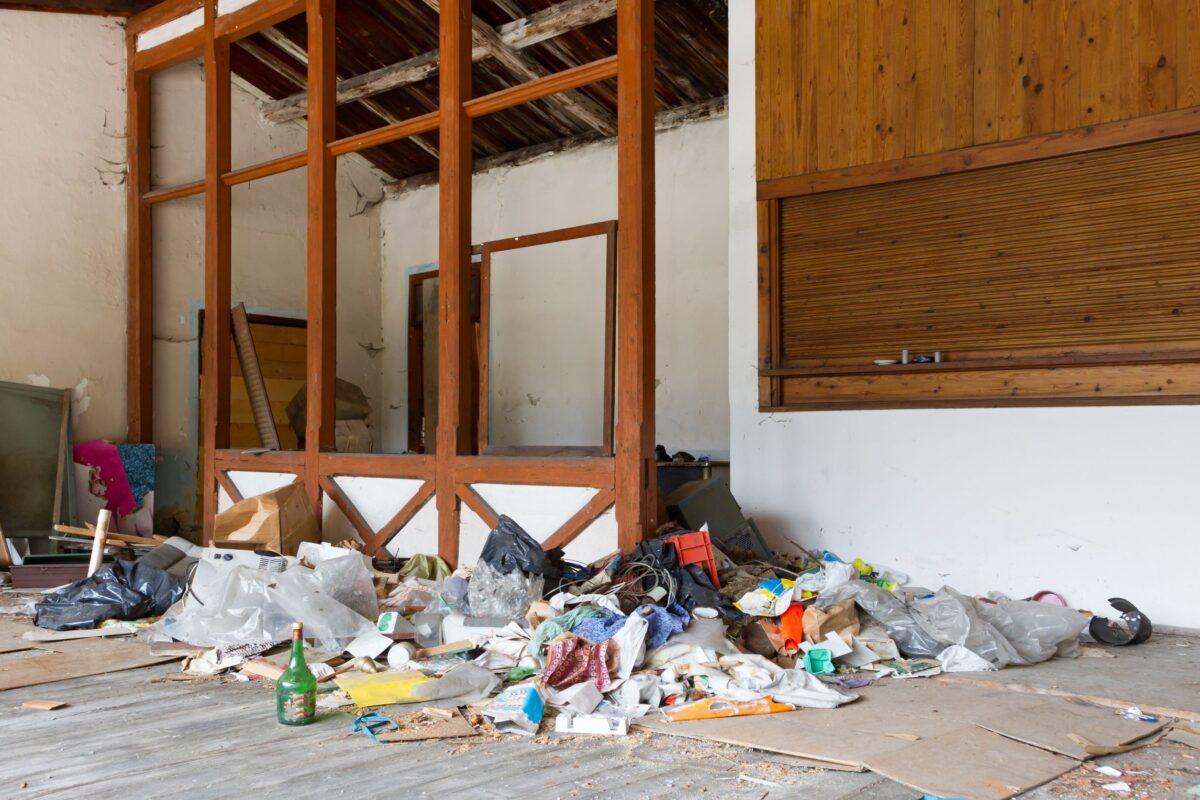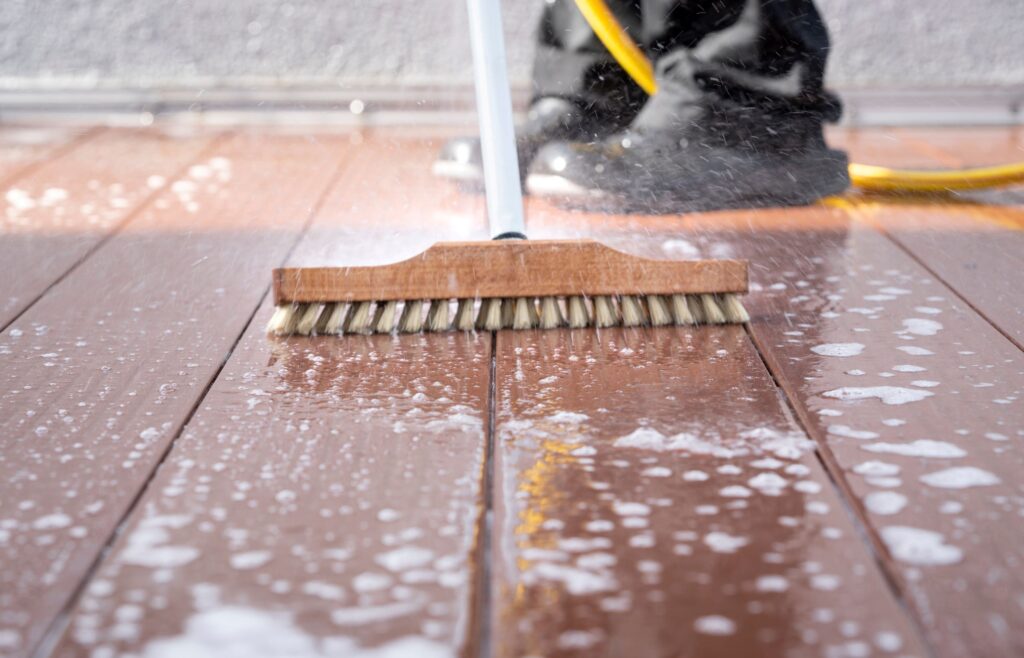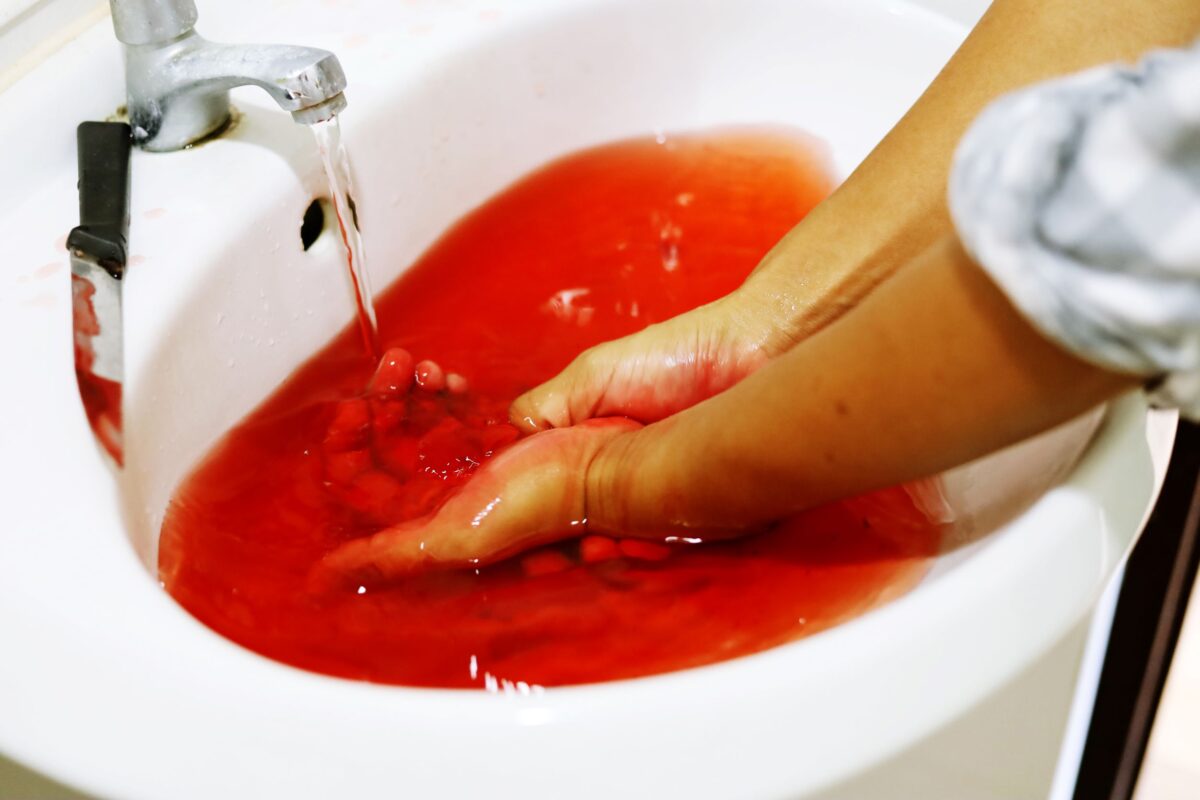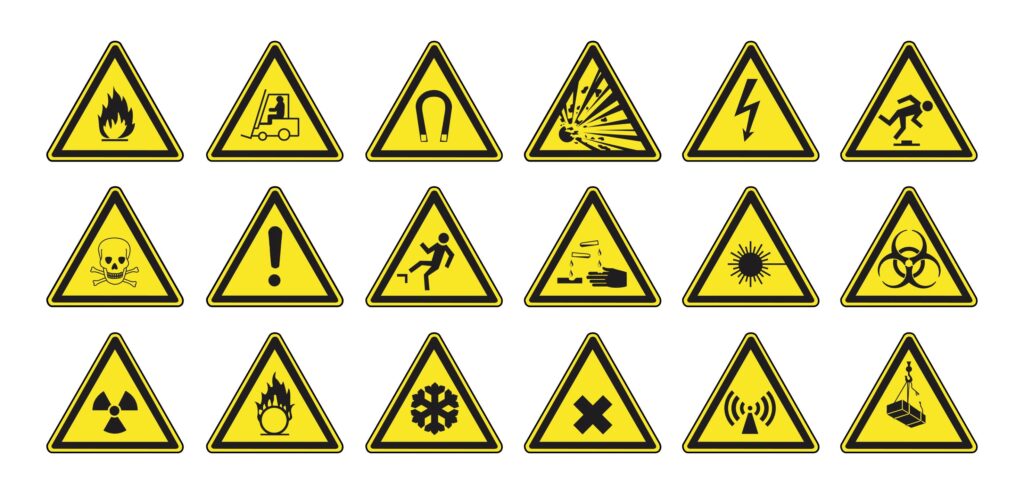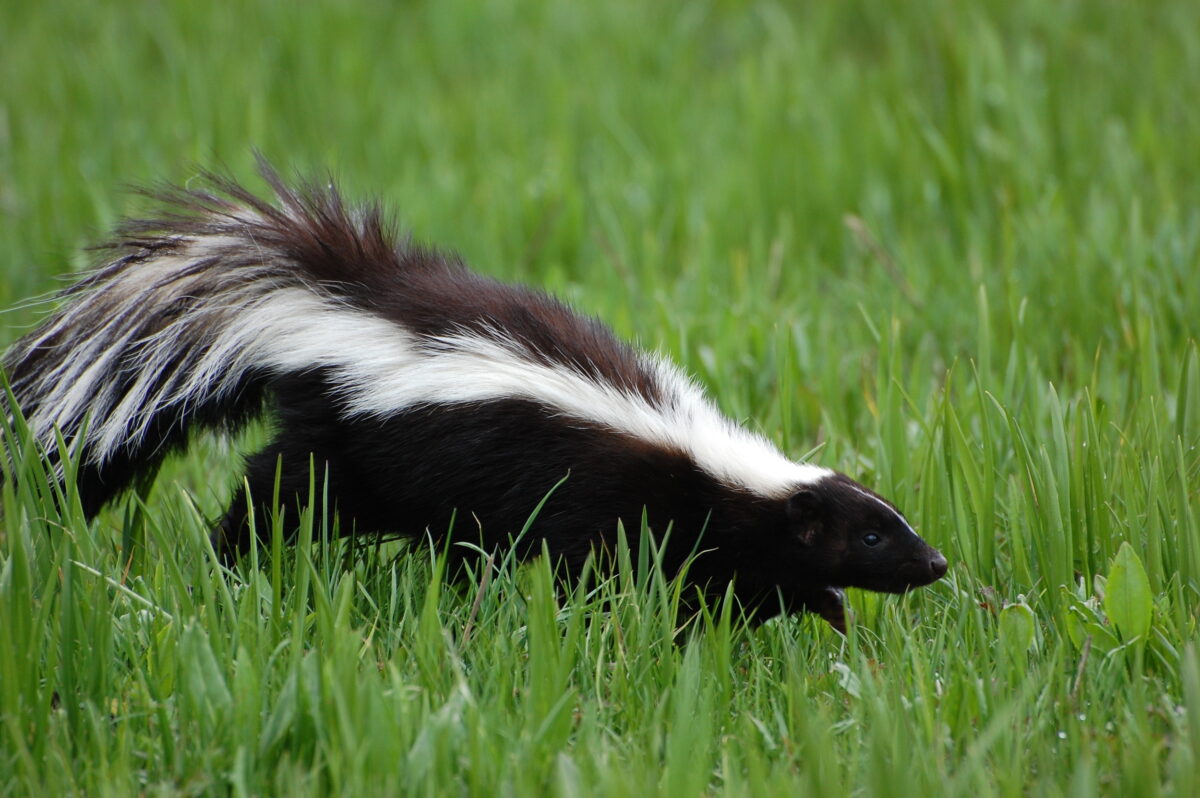If you are struggling with suicidal thoughts, please call the National Suicide Prevention Hotline, available 24/7 at 800-273-8255,
Life after suicide can feel impossible. Knowing someone you loved was hurting so deeply that they took their own life is crushing. Not only are you mourning the loss, but it’s common for survivors to contemplate what they could have done to save their person. This contemplation can seem life-long.
The holidays can often feel like a mirror, amplifying our loss back to us in our own reflection. Life seems to go on as it does — but your person isn’t here anymore, and life never got to carry on for them. The way things move forward on their own, without pause for the devastation, can feel cold and crass.
Grief does not visit when it’s convenient and shows up unannounced all the time. And although everyone says this is normal, you might be wondering how a feeling so debilitating could ever be called ‘normal’.
You may feel like you just survived the hardest thing anyone has ever endured, but you are not alone.
International Survivors of Suicide Loss Day is November 19th, 2022 — just days before Thanksgiving. This international day of remembrance was created for people who have lost a loved one to suicide. Losing someone to suicide is a very unique situation that can be hard for others to understand. Connecting with others who are going through the same experience, or similar, can help mourners cope with the loss.
International Survivors of Suicide Loss was created by an organization called the American Association for Suicide Prevention. ASFP is an incredible resource for information regarding all things suicide prevention, loss, and community. If you are struggling with the loss of a loved one, we strongly urge you to lean on this organization for support.
Each year the organization holds events on International Survivors of Suicide Loss Day, in different cities. We’ve included a few below, but if your state isn’t included in our short list, check out the website for more information. Every state has a chapter and each state will hold an event.
San Diego, California
November 19th, 2022
8am – 12:30pm
Location: University of San Diego (USD), Joan B Kroc Institute for Peace & Justice
5555 Marian Way, San Diego, CA 92110
Las Vegas, Nevada
November 19, 2022
10am-12pm
Location: TBD
Tempe, Arizona
November 19, 2022
9am-1pm
Rio Salado College Conference Center
2323 W 14th St Tempe, Arizona
Globally, over 800,000 people lose their lives to suicide each year. That equates to around one person taking their own life every 40 seconds. Unfortunately, suicide is common—but the shock and loss felt by those left behind ripples through communities, relationships, and more.
As if dealing with grief wasn’t enough, here come the holidays right around the corner. It’s supposed to be the ‘happiest time of the year’; but if you’re struggling to even get out of bed in the morning, it can easily become the most challenging time of the year.
The following tips might seem simple or redundant, but we hope you consider them. They are statistically proven to be helpful in giving your mind and body what they need to survive this time.
Say No
Grieving is a deeply chaotic time for the body, and ‘grief brain’ is a real thing. You might find that you walk into rooms with no idea why you came in the first place. Forgetting what you’re talking about, or forgetting important things are common.
Sometimes grief will take precedence over things you want to do and spending time with people you love — and that is okay. If you are unable to do something (like meet friends for a holiday dinner or happy hour), just say no. Don’t force yourself to do things that you can’t do. Mourning bodies and brains need exponential care and softness.
Say no if you don’t have it in your tank. It’s okay to do so. People that love you will understand.
Sleep Well
If you’re grieving, chances are you’re very sleepy—often. Your body is fighting to regain homeostasis, and loss shocks the system. Let yourself sleep if you need to. If you have children, lean on your community and ask for help so that you can nap. Do not feel guilt or shame if you can’t keep up with others right now.
Sleep is the number one way that our bodies get stronger and heal. Give yourself sleep, and don’t feel bad for how many hours you need. You may find that you can sleep well past 8+ hours. This is normal, this is necessary.
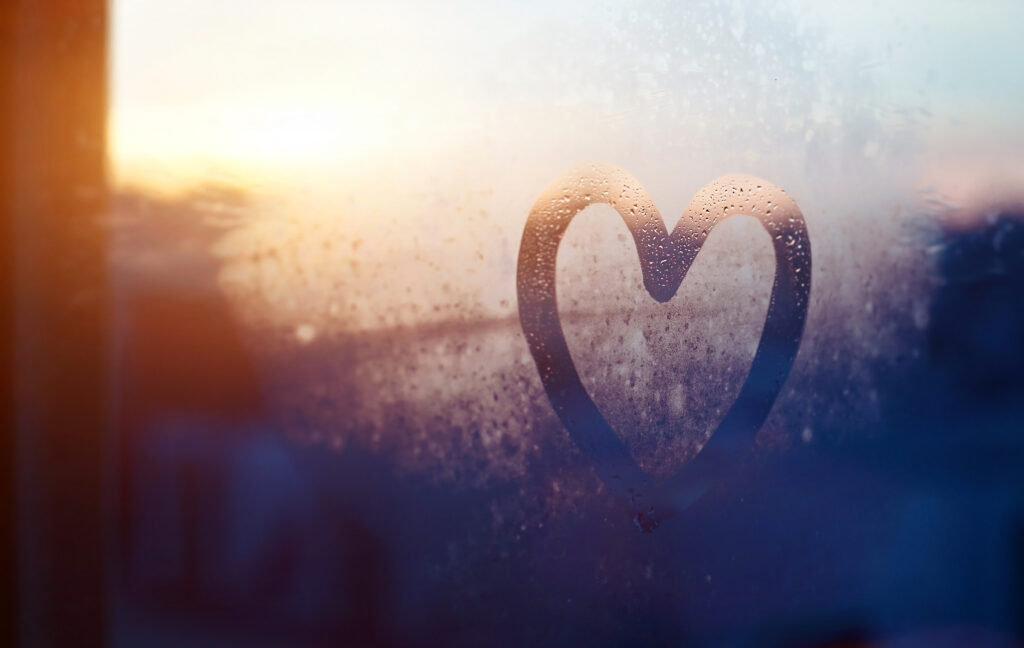
Have Grace
Life after suicide looks different for everyone.
Rage might appear in your life, anger, resentment, and deep sadness. There is no playbook or manual on how to deal with these things. This is not a normal situation. However you deal with your grief, is how you deal with your grief. Have grace for yourself and the way that you’re dealing with the insurmountable loss felt after suicide.
In our line of work, we see many families directly after the loss of a loved one. We witness their pain, confusion, and shock— and we show up with rolled up sleeves and a deep softness for their situation.
We witness their pain, confusion, and shock. The BioClean team meets each family with deep compassion and care, and cleaning up the unimaginable is our honor.


